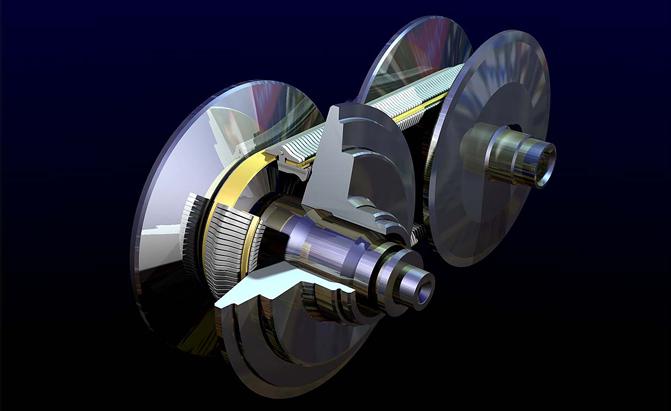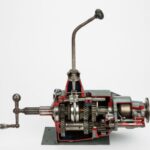CVT is an “infinite speed” transmission which can change step-lessly through an infinite number of effective gear ratios between maximum and minimum values. Unlike traditional automatic transmissions, continuously variable transmissions don’t have a gearbox with a set number of gears, which means they don’t have interlocking toothed wheels. The word gear in CVT refers to a ratio of engine shaft speed to driveshaft speed. Moreover, CVTs change this ratio without using a set of planetary gears.
Different types of CVTs –
1. Pulley-based CVTs
2. Toroidal CVTs
3. Hydrostatic CVTs
The most common CVT design uses a segmented metal V-belt running between two pulleys. Each pulley consists of a pair of cones that can be moved close together or further apart to adjust the diameter at which the belt operates. The pulley ratios are electronically controlled to select the best overall drive ratio based on throttle position, vehicle speed and engine speed.




